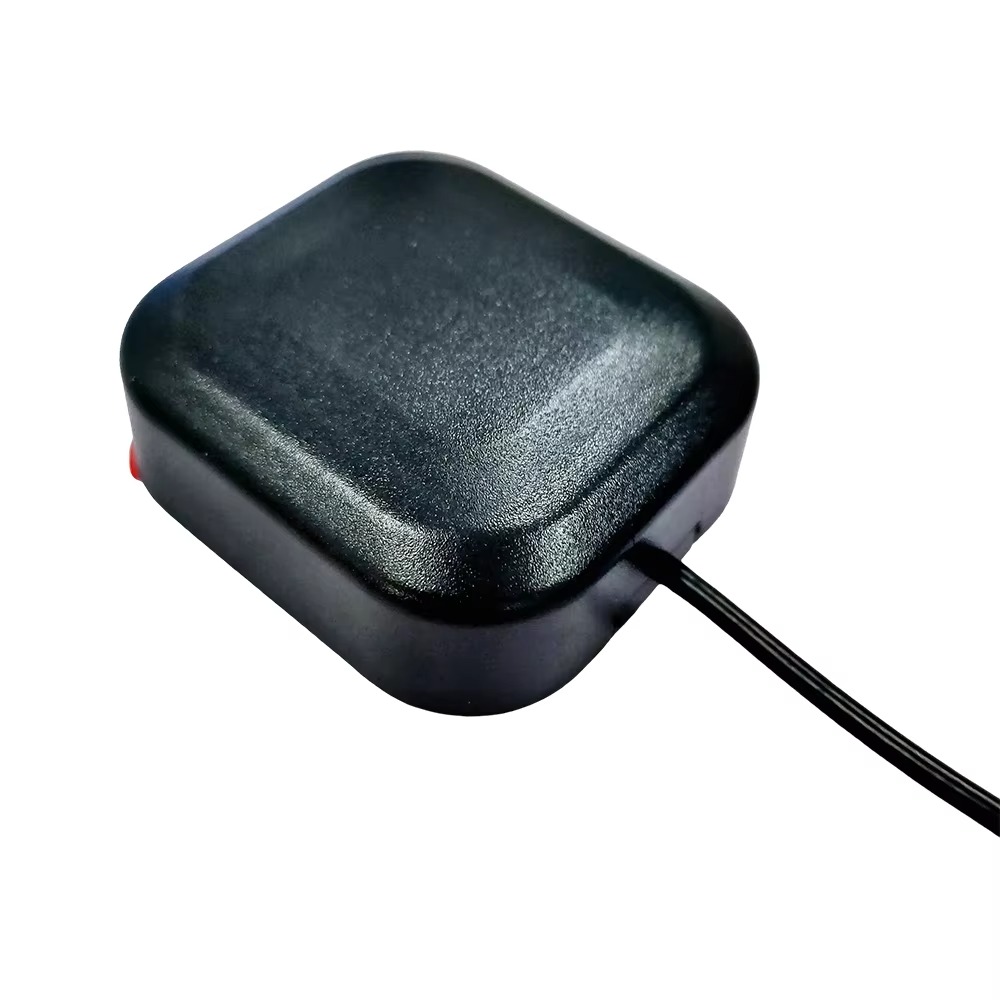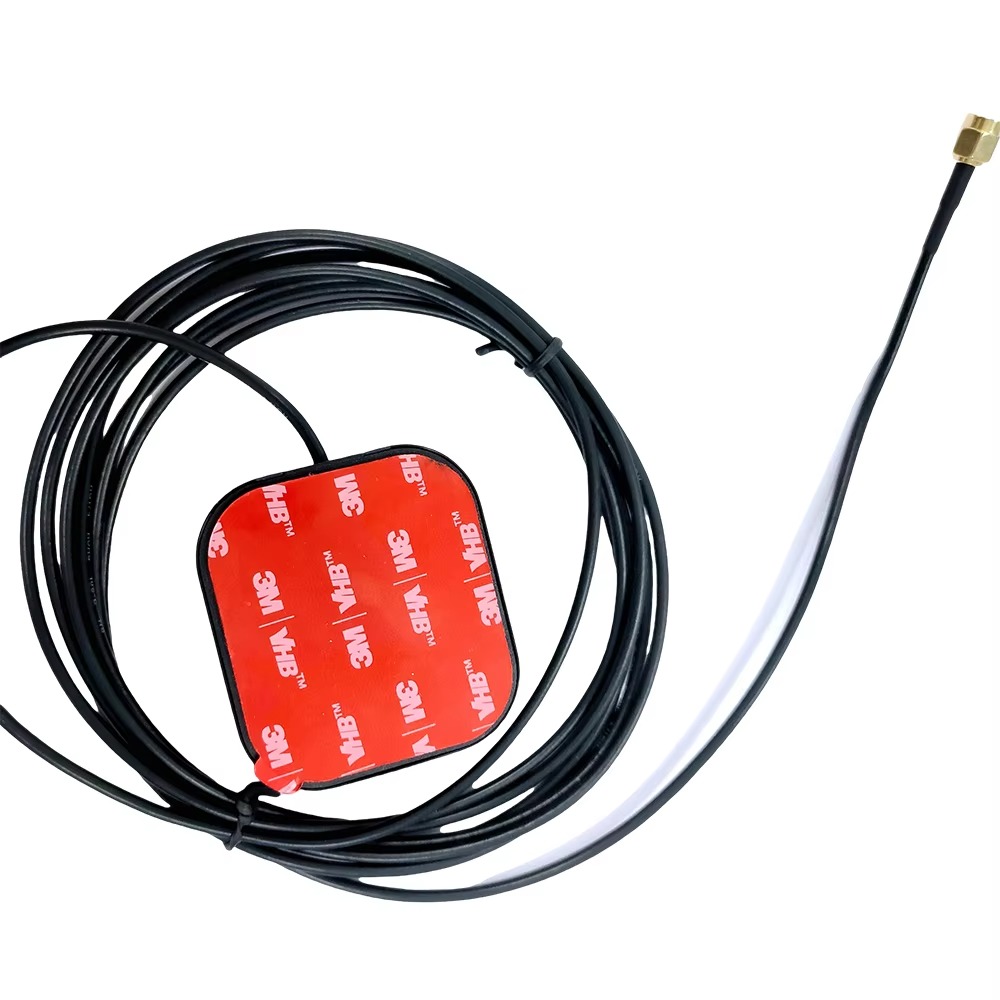Compact dual-band RTK GPS antenna modules have revolutionized high-precision positioning by offering a blend of performance, size efficiency, and integration simplicity. Their widespread adoption across industries is driven by a compelling set of advantages, though these benefits come with inherent technical and operational challenges that must be carefully managed.
Key Advantages:
Centimeter-Level Positioning Accuracy:
The most significant advantage of compact dual-band RTK modules is their ability to support real-time, centimeter-level accuracy. By simultaneously receiving L1 and L2 (and often L5) signals, these modules enable ionospheric delay correction—a major source of error in single-frequency GPS systems. This dual-frequency capability is fundamental to RTK algorithms, which rely on carrier phase measurements. The integration of a stable phase center and low-noise amplification ensures that the signal delivered to the GNSS receiver is of sufficient quality for rapid ambiguity resolution, often within seconds.
Miniaturization and Space Efficiency:
The compact form factor allows integration into devices where space is at a premium. Drones, handheld survey tools, agricultural robots, and wearable field equipment all benefit from the ability to embed a high-performance GNSS solution without requiring large external antennas or complex mounting setups. This miniaturization supports the trend toward smaller, lighter, and more agile autonomous systems.
Simplified System Integration:
These modules are designed as turnkey solutions. With built-in LNAs, filters, and bias-T circuitry, they eliminate the need for external signal conditioning components. This reduces design complexity for OEMs and minimizes potential points of failure such as connector losses or impedance mismatches. A single coaxial cable can deliver both power and RF signal, streamlining wiring and reducing electromagnetic interference risks.
Enhanced Signal Integrity and Multipath Mitigation:
The integrated design ensures optimal impedance matching and shielding, preserving signal fidelity. The use of controlled radiation patterns—high gain above the horizon and nulls below—helps reject ground-reflected signals that cause multipath errors. This is particularly valuable in urban environments, under tree canopies, or near reflective surfaces where multipath can severely degrade positioning accuracy.
Multi-Constellation and Multi-Frequency Support:
Modern compact modules are not limited to GPS alone. They typically support GLONASS, Galileo, and BeiDou, increasing the number of visible satellites. This improves satellite geometry (lower DOP values), enhances signal availability, and increases the robustness of positioning solutions, especially in obstructed environments.
Environmental Durability and Reliability:
Encased in rugged, sealed housings with IP67 or higher ratings, these modules withstand moisture, dust, vibration, and temperature extremes. This makes them suitable for outdoor and industrial applications where reliability is critical.
Low Power Consumption:
Optimized front-end electronics, particularly the LNA and filtering components, are designed for minimal power draw. This is essential for battery-powered devices such as UAVs and mobile robots, where energy efficiency directly impacts operational endurance.
Persistent Challenges:
Thermal Stability and Phase Drift:
Despite their compact size, internal components—especially the LNA—generate heat during operation. Thermal expansion and changes in dielectric properties can shift the antenna’s phase center or affect amplifier performance, introducing small but significant errors in RTK solutions. Advanced thermal management techniques, such as heat-dissipating substrates and thermal vias, are required to mitigate this.
Electromagnetic Interference (EMI):
When integrated into complex electronic systems (e.g., drones with motors, cameras, and radios), the module can be exposed to strong EMI. Even with shielding, nearby high-power digital or RF circuits can couple noise into the sensitive GNSS front end, degrading signal quality and increasing phase noise.
Limited Ground Plane Size:
While integrated ground planes improve consistency, their small size limits low-elevation signal reception and can reduce multipath rejection compared to larger external antennas. This can affect performance in environments where low-elevation satellites are critical.
Cost vs. Performance Trade-offs:
High-performance materials (e.g., low-loss dielectrics), precision manufacturing, and rigorous calibration processes increase production costs. This can be a barrier to adoption in cost-sensitive applications, despite the long-term benefits of high accuracy.
Fixed Design Limitations:
Unlike modular or external antennas, compact integrated modules cannot be easily upgraded or tuned post-deployment. This limits flexibility in field applications where changing environments might require different antenna characteristics.
Signal Blockage in Dense Environments:
While multi-constellation support helps, the small aperture of compact antennas makes them more susceptible to signal blockage in heavily obstructed areas. This can delay RTK fix acquisition or cause loss of lock.
In conclusion, while compact dual-band RTK GPS antenna modules offer transformative advantages in accuracy and integration, designers must carefully address thermal, electromagnetic, and environmental challenges to fully realize their potential.




































































 Language
Language
 En
En Cn
Cn Korean
Korean

 Home >
Home > 







 18665803017 (Macro)
18665803017 (Macro)













